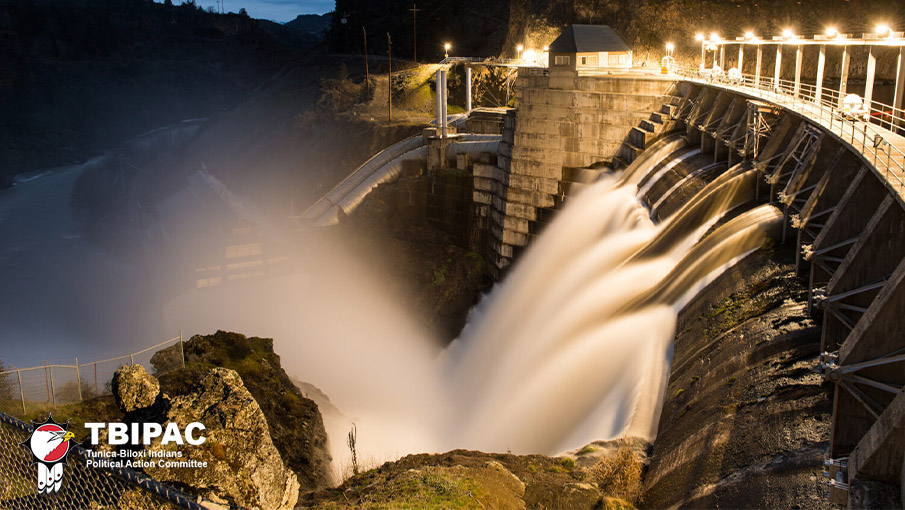The largest dam removal project in U.S. history is now complete—and tribal nations along the Klamath River are celebrating a long-fought victory for salmon restoration, food sovereignty, and environmental justice.
In early 2025, crews finished removing the last of four hydroelectric dams—Copco 1, Copco 2, Iron Gate, and JC Boyle—reconnecting more than 400 miles of river and restoring habitat for salmon, lamprey, and other culturally vital species.
For the Yurok, Karuk, and Klamath tribes, the dam removal marks the culmination of decades of organizing against water diversion and ecological destruction.
“We’ve waited generations for this moment,” said Karuk Tribal Chairman Russell ‘Buster’ Attebery.
“The river can now begin to heal, and so can we.”
Why it matters:
-
The Klamath once hosted the third-largest salmon runs on the West Coast—many of which dwindled after the dams were built in the early 20th century.
-
Removal restores traditional fishing grounds, sacred sites, and ecological balance.
-
Tribes are now working on post-removal restoration, including native plant recovery, erosion control, and cultural site protection.
The project is managed by the Klamath River Renewal Corporation, with tribal leadership at the center of planning, restoration, and long-term land stewardship.
Read more:
The Guardian coverage








